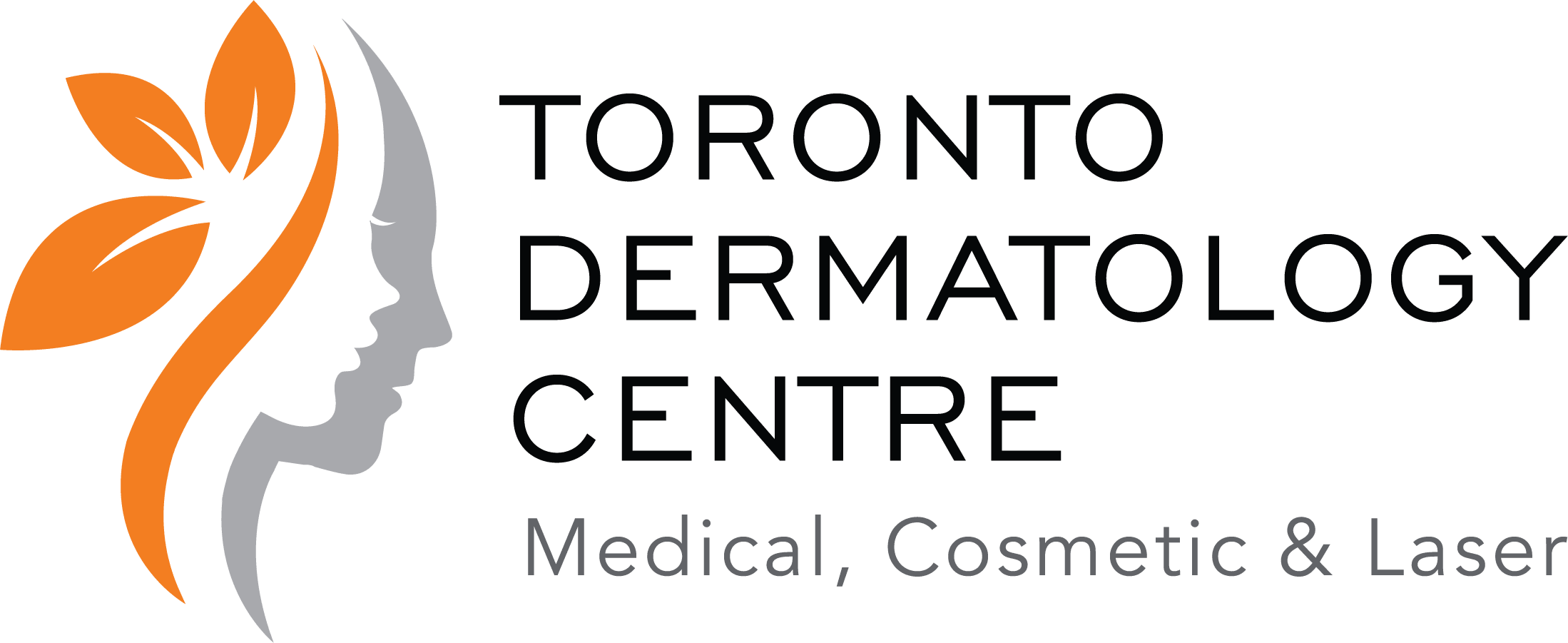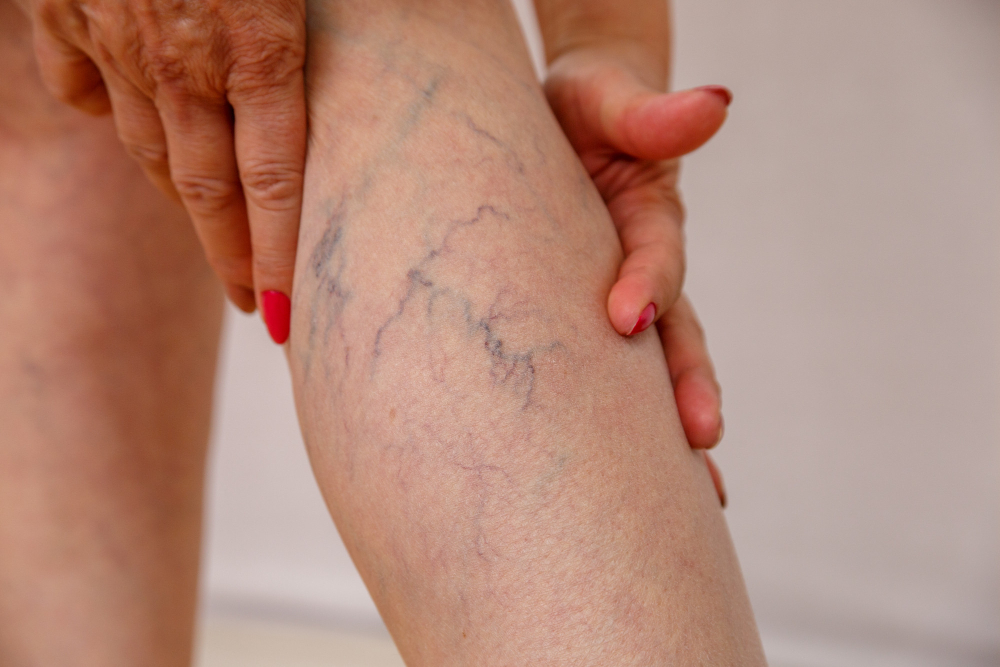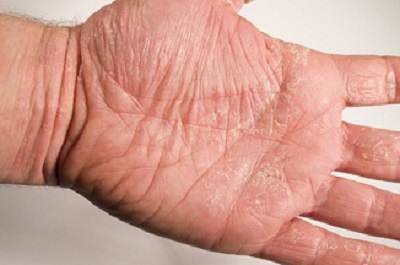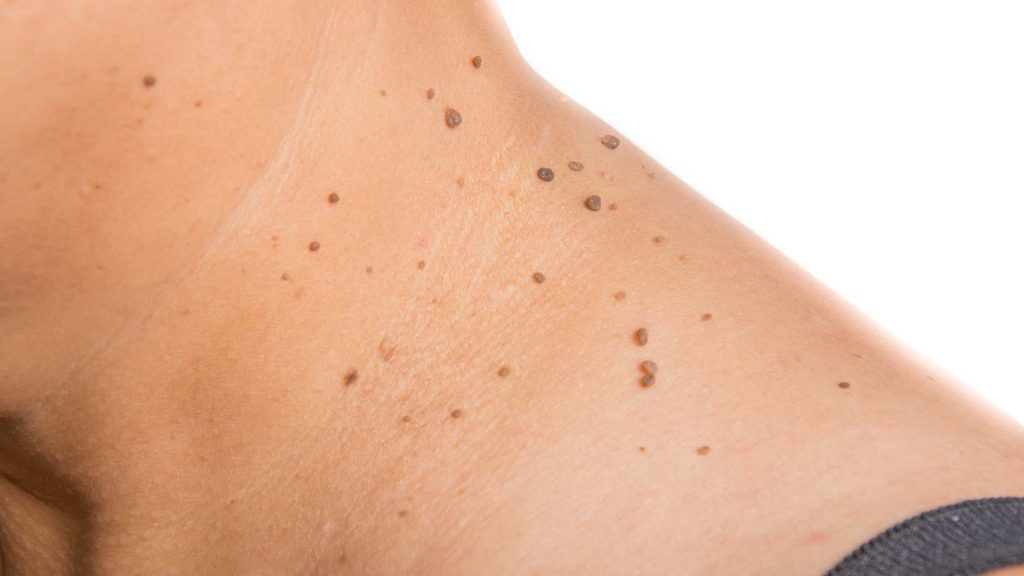Stress acne is a thing
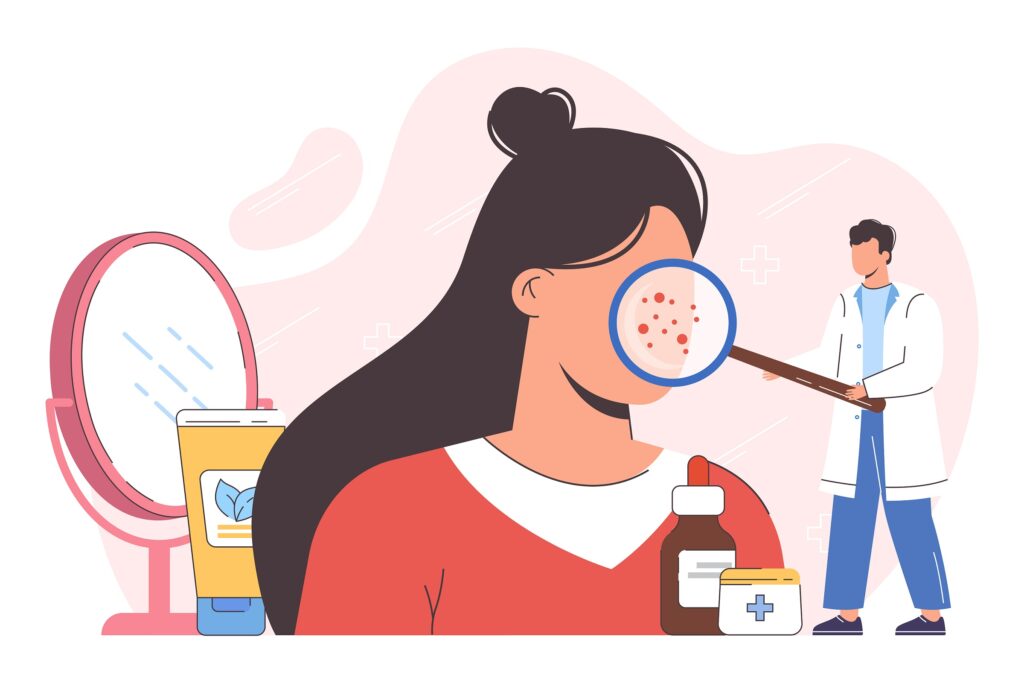
Dr. Benjamin Barankin is a dermatologist practicing in Toronto and is the medical director and founder of the Toronto Dermatology Centre. Often skin care lines have an in-house dermatologist to talk about their respective brand but Dr. Benjamin Barankin is brand agnostic. He has shared best practices for picking sunscreen, mosquito protection and healing dry skin.
And now, acne.
Article content
Between physical makeup stores and pharmacies and the seemingly endless supply of beauty brands online, it’s hard to decipher which skin care products could work for you. When it comes to acne, there are all sorts of underlying causes.
It’s so interesting and incredible how connected the mind and body are — aside from when our minds are stressed and then we get acne. Way to kick us when we’re down, bodies. But turns out, we’re not imagining things. Stress acne is a thing.
Also, why do we get acne on our chests and backs? Or “trunks,” as dermatologists call them. We learned a bit of the profession’s jargon, how to treat acne and fun (not fun) facts like adult acne is more common in women.
Q: What causes acne?
A: Acne is due to many factors including stress, diet and genetics, but ultimately there is a hormone-mediated drive resulting in increased sebum(oil) production, as well as plugging up of pores, inflammation and C. acnes bacteria.
Q: Do adolescence and adult acne have the same cause?
A: Generally speaking. Adult acne is much more common in women and is typically due to hormonal factors.
Q: Can you treat adolescent and adult acne the same way?
A: Treatment is similar, except that adult skin tends to be less oily and more sensitive and more often hormonal.
Q: What are the differences between face and body acne in terms of cause and treatment?
A: Face and trunk are similar.
Q: How do you prevent acne?
A: Prevention includes gentle cleansing, avoiding picking and popping and minimizing exfoliating of the skin. A low-glycemic diet and reduced dairy (skim milk especially) are helpful for some people. A benzoyl peroxide body wash can be quite useful for those with body acne. Keeping athletic gear (e.g. hockey or football equipment) clean and washing right after sport is important for body acne prevention.
Q: How do you treat acne?
A: The type of acne (e.g. hormonal, comedonal, inflammatory etc.) and extent of acne (face only, or also trunk) are important determinants of treatment options.
Over-the-counter (OTC) options mainly include benzoyl peroxide and salicylic acid-based products, although retinol, tea tree oil, glycolic acid and azelaic acid or other acids are available and great places to start.
(Benzoyl peroxide helps treat acne by killing the bacteria that cause the skin condition. It also helps by removing excess oil from the skin. You can get OTC products in benzoyl peroxide strengths from 2.5 per cent to 10 per cent. Often the 2.5 per-cent-strength option works just as well as more potent options, so start with a lower concentration to manage side effects. Of course, read the instructions of any product before you use it, but general side effects could include dry, irritated or stinging skin.
Salicylic acid unclogs pores and breaks down oils, like sebum. It also decreases how much skin produces sebum, which can reduce future acne.)
Q: What if OTC treatment isn’t working?
A: If acne is not responding sufficiently to OTC options or the acne is severe or scarring, or having an impact psychologically or socially, then best to see your doctor and ideally a dermatologist for expert skin care and prescriptions, which include topical or oral antibiotics, combination creams and gels and/or hormonal therapies or isotretinoin, chemical peels or lasers.
If acne affects much of the chest or back, or scarring is present on the trunk, then generally one requires oral therapies such as antibiotics, hormonal treatments in women (oral contraceptive or spironolactone) or isotretinoin. Photodynamic therapy may also be considered.
Credit: By Randi Mann, National Post
